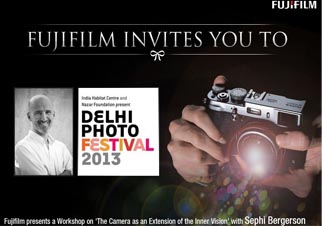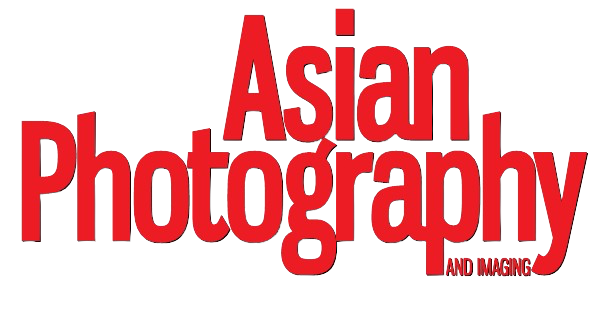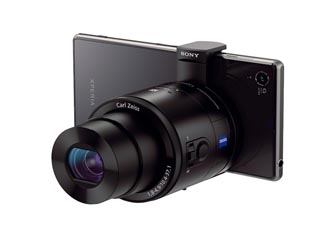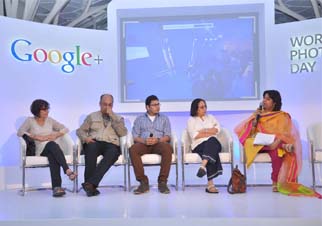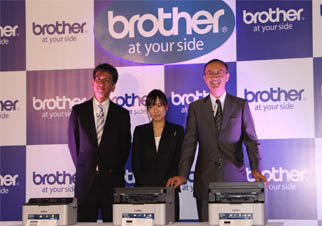Fujifilm India partners with Delhi Photo Festival 2013, which is an initiative towards bringing their range of X Series cameras to the market. The brands is looking forward to this festival, which aims to gather photographers from across the world to not only attend the workshops but also participate in the live galleries. The festival will be held at the India Habitat Centre, and some of the leading galleries of the city are scheduled to participate, mounting independent exhibitions and events in their own spaces, thus providing a larger footprint for the Festival across the city. The festival will go on from September 27 to October 11, 2013. Mr. Rohit Pandit, EVP – Sales & Marketing, Fujifilm India says about the event ‘I would like to extend an invitation to all photography enthusiasts , professionals and amateurs, to come and see the potential of the this series and to learn what attracted professional Photographers from all over the world, including Sephi Bergerson, towards Fujifilm’s X Series Cameras. Get a chance to see ‘X Series’ in India through the eyes of a professional photographer. While Sephi would be talking about the artistic side of Photography, he will be accompanied by Fujifilm Manager to discuss the technology behind the devices and answer any questions’. The workshop is open to all and does not have any fee attached. Details can be found at the Delhi Photo Festival website -http://www.delhiphotofestival.com/delhi_photo_festival_2013/home.html
